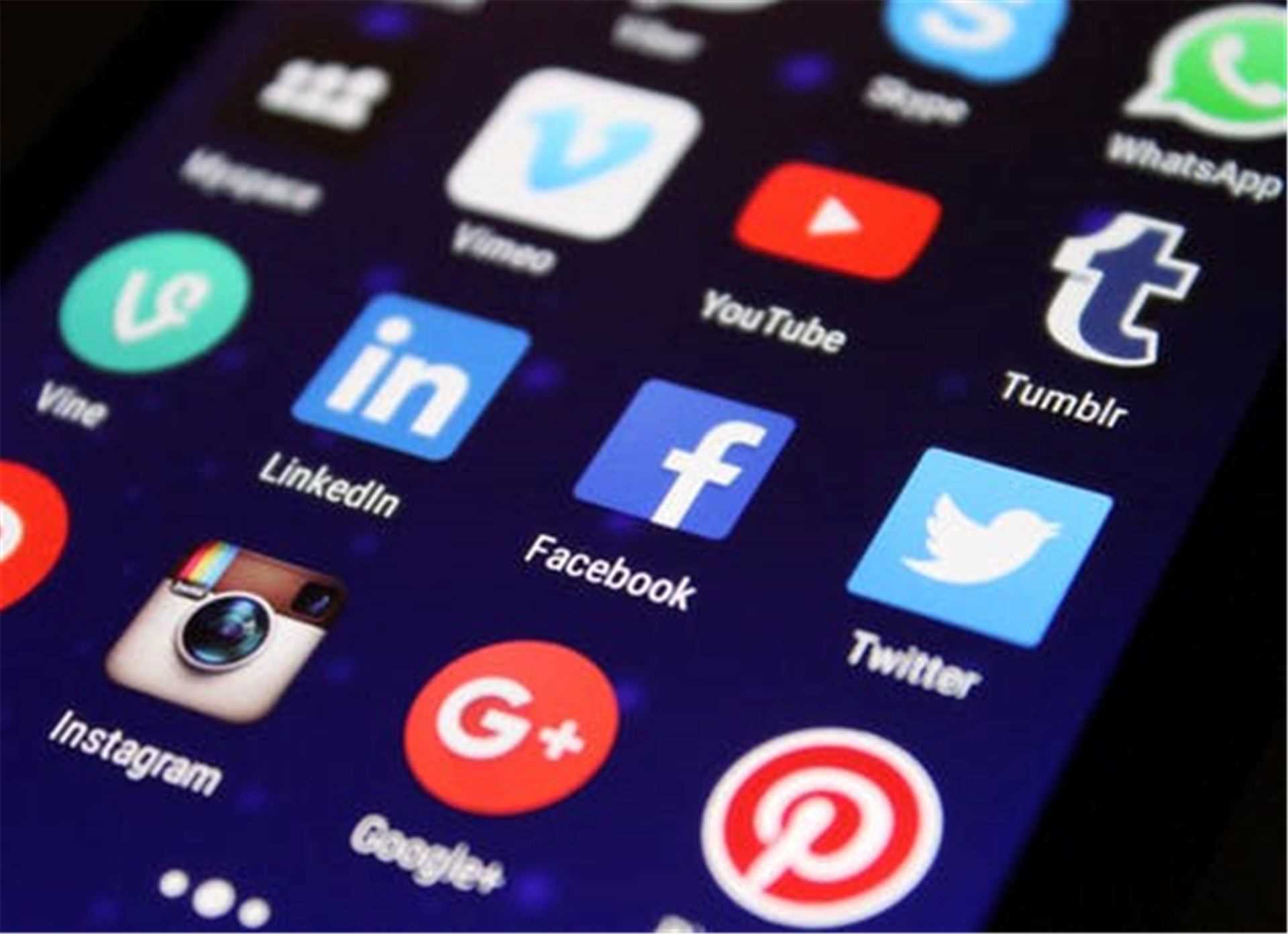
MIE
Monday, 28 June 2021
Social media has changed the way we communicate
and interact with others, on both an individual and organisational level. From staying
connected and keeping up with the latest news, to searching for jobs and
engaging with brands, social media has become the channel of choice for most of
the world.
The global COVID-19 pandemic has accelerated
the use of digital media for communication, and social media usage has also
increased exponentially. According to statistics agency Statista, almost 4
billion people currently use social media – nearly half the world’s population
– and they’re spending 2.5 hours a day doing so.
“This increased usage means that companies and
recruiters now have another aspect to consider when screening potential
candidates for positions within their organisations,” says Jennifer Barkhuizen,
Head of Communications at Managed Integrity Evaluation (MIE). “Using social
media screening, companies can now assess an individual’s online behaviour to
better understand who they are, and the potential impact they may have in an organisation.”
MIE has partnered with a trusted and reliable
company to supply validated, credible and accurate social media screening.
Public domain information is accessed, and the data is then sorted into
positive, negative and neutral content using AI and machine learning. This un-biased
scoring methodology identifies red flags as well as hidden skills and talents,
while establishing values and culture matches.
MIE’s 10th annual Background
Screening Index released earlier this year showed some interesting statistics
around social media screening. Over 47% of all negative content was found to be
of a discriminatory nature, such as racism, sexism, homophobia, religious discrimination,
and potential hate speech. Almost 32% was found to contain content of an
unprofessional nature, such as profanity, aggression, sexual images or
potential defamation, and close to 20% was found to demonstrate drug use or
distribution. Just over 11% of negative content found related to misinformation
relating to COVID-19. The highest-ranking social media platform for negative
content was Facebook at just under 46%, with just under 43% found on Twitter.
These statistics show that social media screening
is a necessity for any business. “Recruiters can identify high quality
candidates quicker, reducing the time and costs associated with filling a
position,” explains Barkhuizen. “Potential high-risk employees can also be
identified, and in so doing help protect brand reputation and reduce company
legal liability. Potential high performing individuals within the organisation
can also be identified, thus aiding talent planning.”
Barkhuizen says that it is also important to
note that government has tabled an amendment to the Promotion of Equality and
Prevention of Unfair Discrimination Act. “This aims to provide greater
protection to people who challenge unfair discrimination or who are victims of
hate crimes,” she says. “One of the provisions will also empower constitutional
institutions to request information from the state or even private companies on
measures that they have taken to combat unfair discrimination and to promote
equality.”
Making use of social media and digital
screening can therefore play a major role in combating unfair discrimination
and promoting equality within the workplace. Pre-employment screening
highlights red-flag behaviour before an individual is hired, and
post-employment screening highlights potential discriminatory behaviour of
existing employees, providing the opportunity for remedial action.
“These important preventative measures would –
in the event of a court case – provide proof of an organisation’s efforts to
combat unfair discrimination, thereby promoting an equal and inclusive work
environment,” concludes Barkhuizen.





















